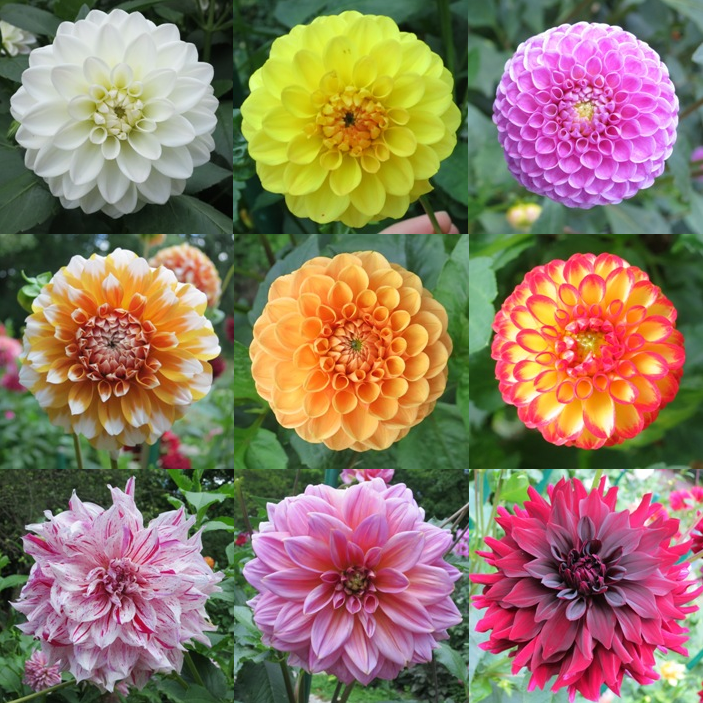Braniccy were an aristocratic family that ruled this part of Poland (called Podlasie) for many years. The palace in which they lived and the surrounding park are known as Versailles of Podlasie. Let's enter by the main gate.
The park and the palace are embraced by a wall. After passing the main gate we can spot the lawns and a little lake with a fountain.
Let's approach the palace. It is one of the best preserved aristocratic palaces in Poland. It was built in late seventeenth century in baroque style.
Nowadays, the palace houses the Medical University of Białystok. Therefore, you can find here the Museum of the History of Medicine and Pharmacy. Unfortunately it was closed on a Sunday early morning.
On top of the main building you can see Atlas, the titan from the Greek mythology, who is supposed to carry the Earth on his shoulders.
I also liked these armoured figures on the right - they reminded me of the ones that I have seen at Les Invalides in Paris.
Let's now pass these columns. In between, you can already spot the park.
Those of you who know a bit more about European parks from the seventeenth and eigtheenth century know that they can be widely divided into two major types. English landscape gardens pretend to be more or less wild so embracing nature as it is (or would have been) without human presence. On the other hand French formal gardens are living sculptures, demonstrating the power of man over nature.
Well, the Branicki park has it all. It is located on two levels. The lower one is an English garden.
We will find there a little river, trees and some benches.
The upper part, located in the direct neighborhood of the palace, is a French garden. Let's climb the stairs then.
I have not yet been to Versailles but it definitely looks a lot like Tuileries, with many sculptures, perpendicular lanes and ...
... wonderful flower carpets.
The view from this part of the palace must have been fantastic.
I am sure that you have noticed that the upper part of the garden does not have benches. Well this is because it has another nice place to rest.
Let's have a last look at the lower part of the garden, as seen from the upper level.
There I see one of the many gates. I suggest we take it. Actually we have to speed up a bit to make sure we are on time for the main event that has brought us to Białystok.
So - let's run!














